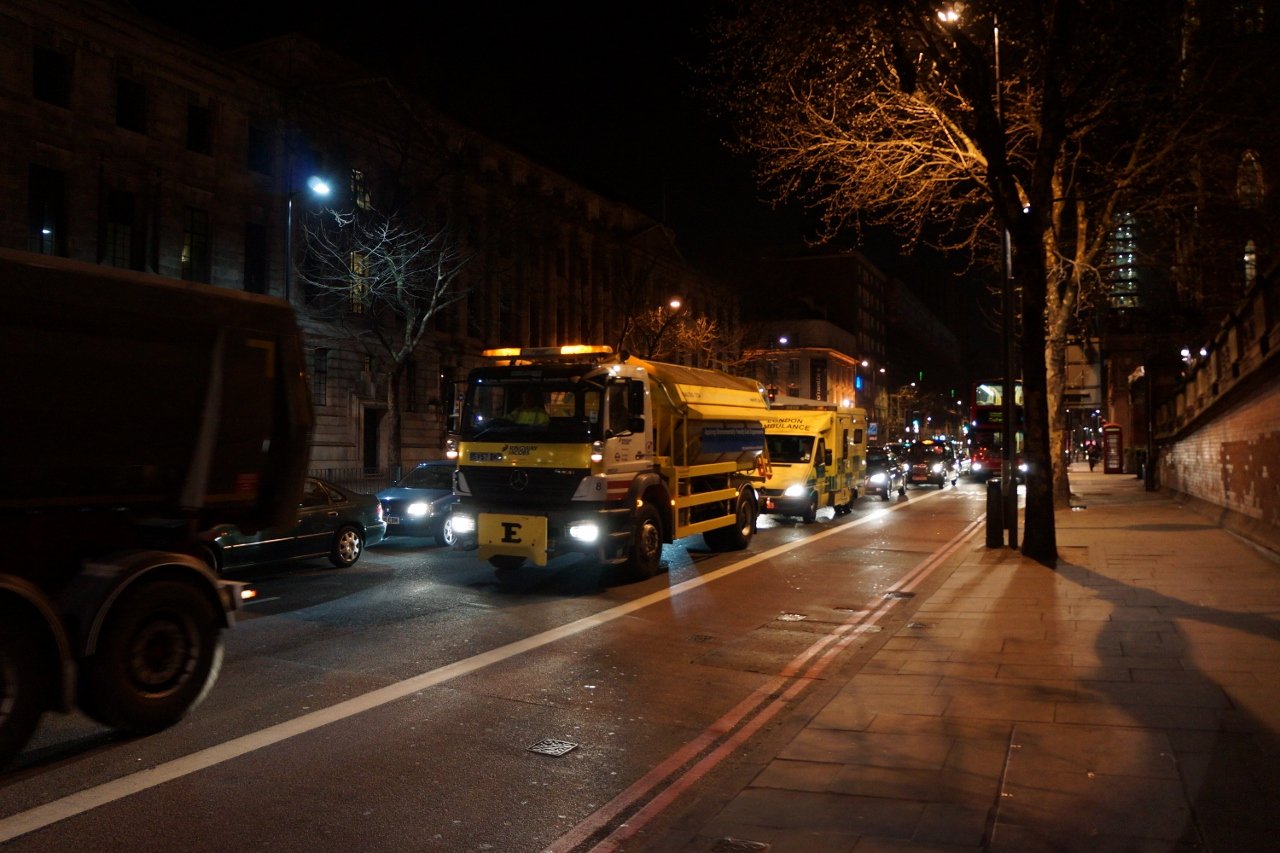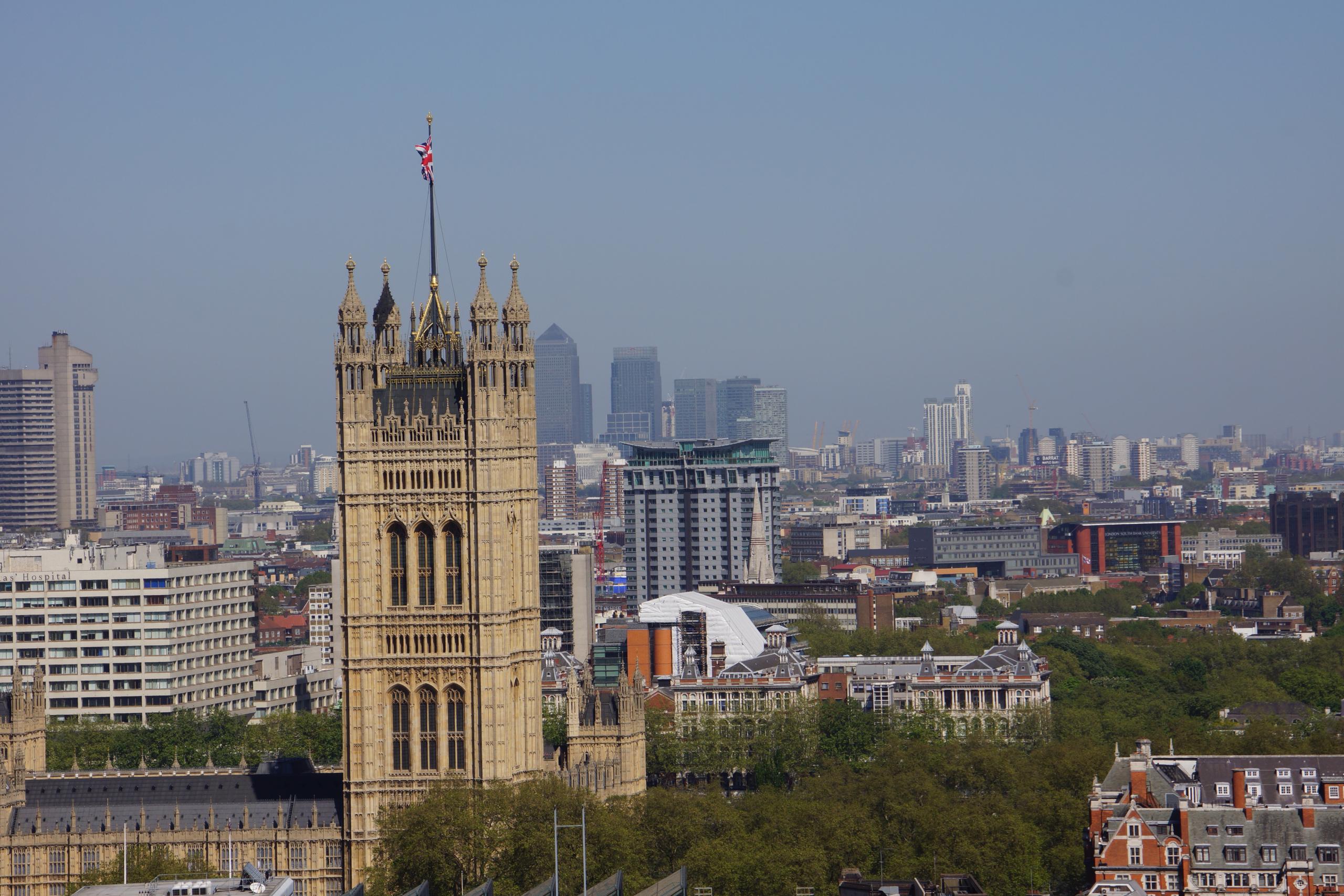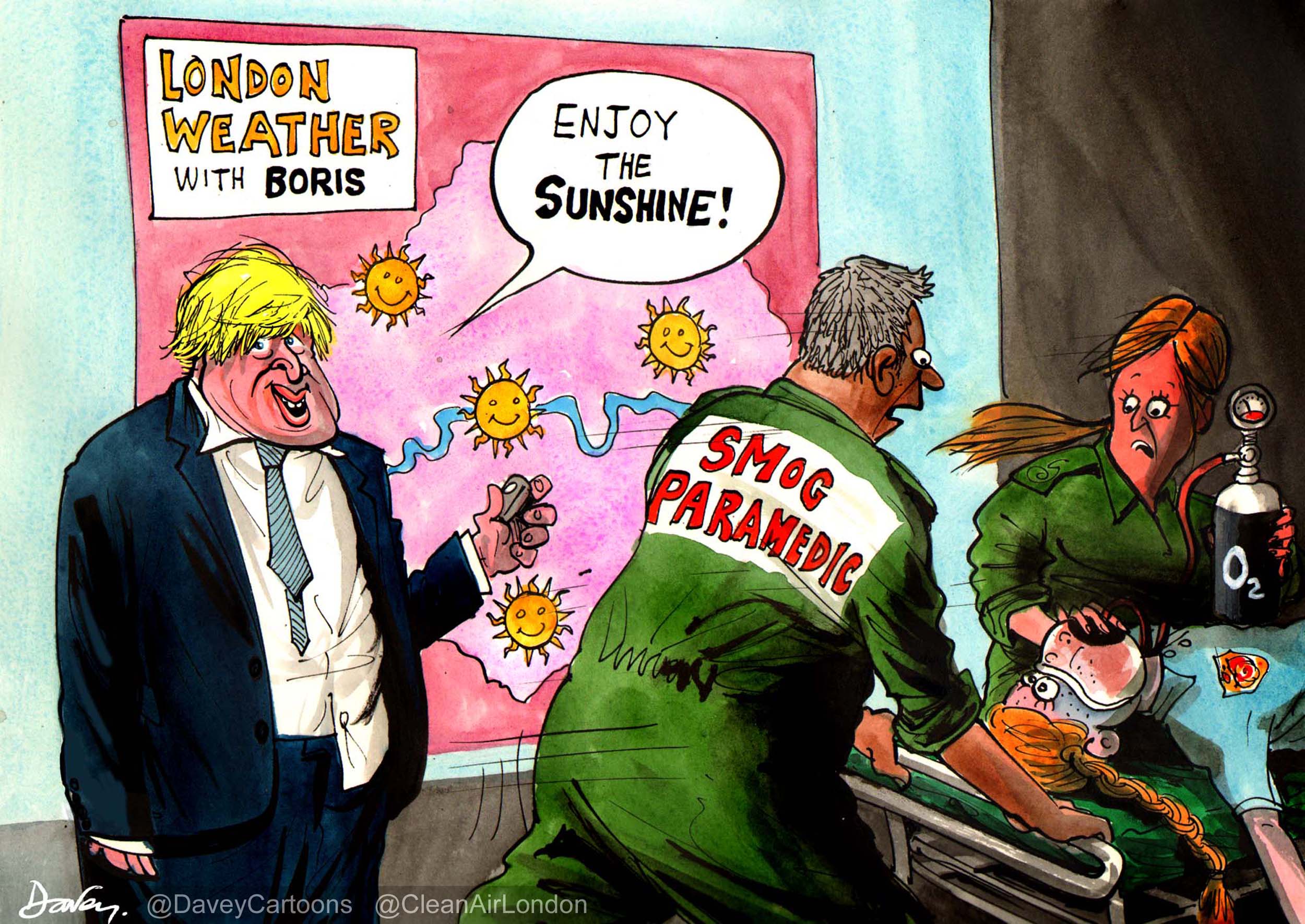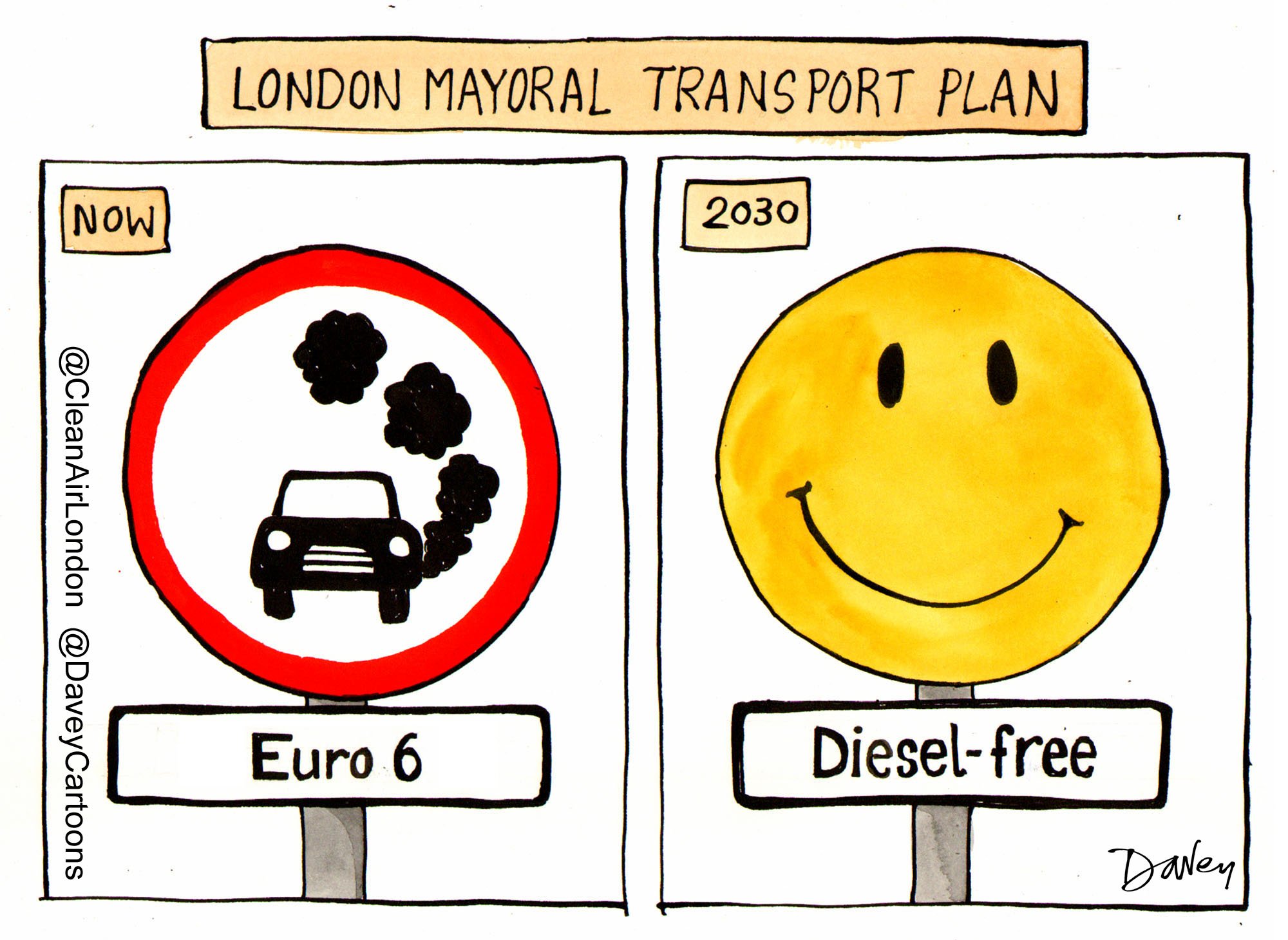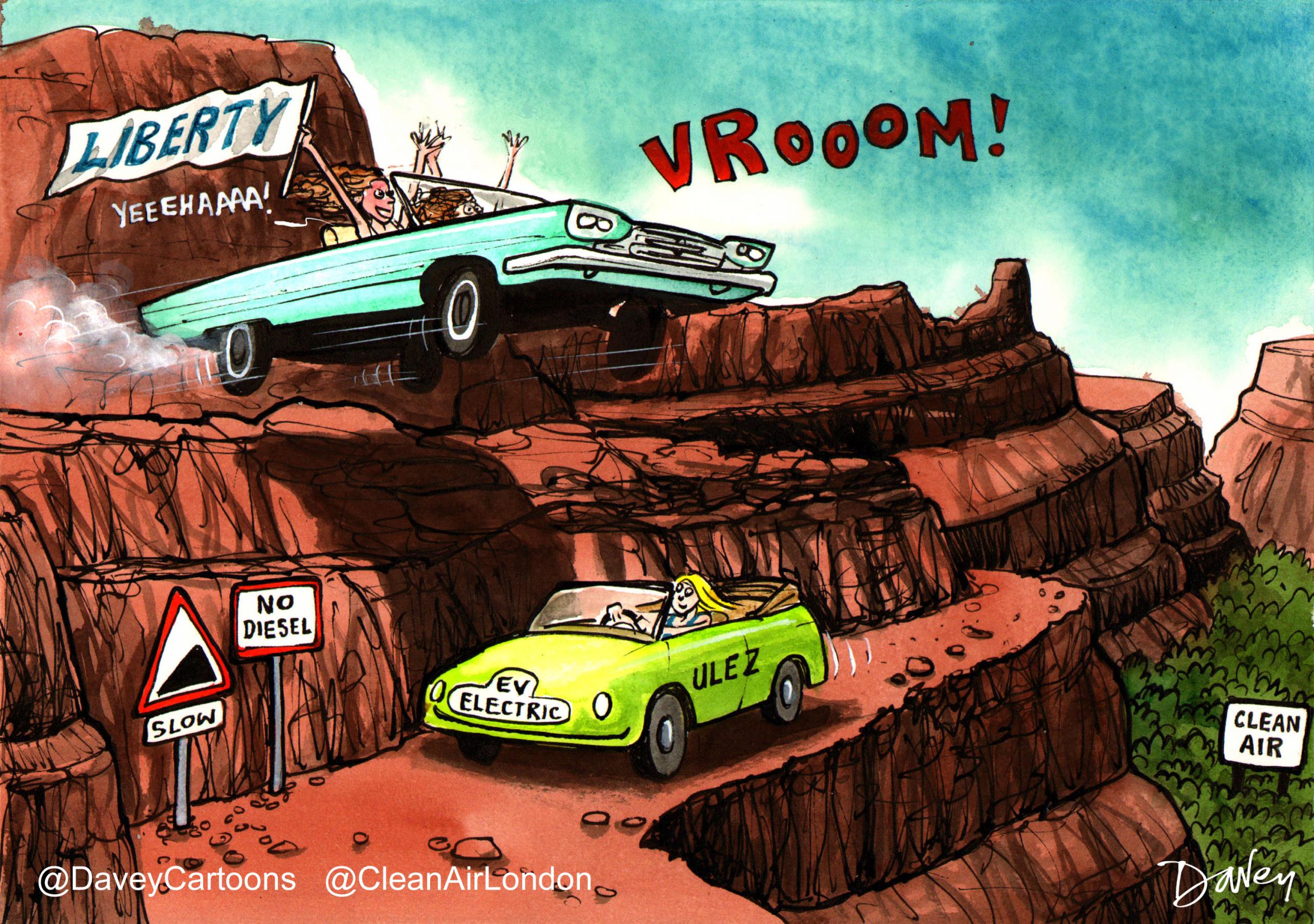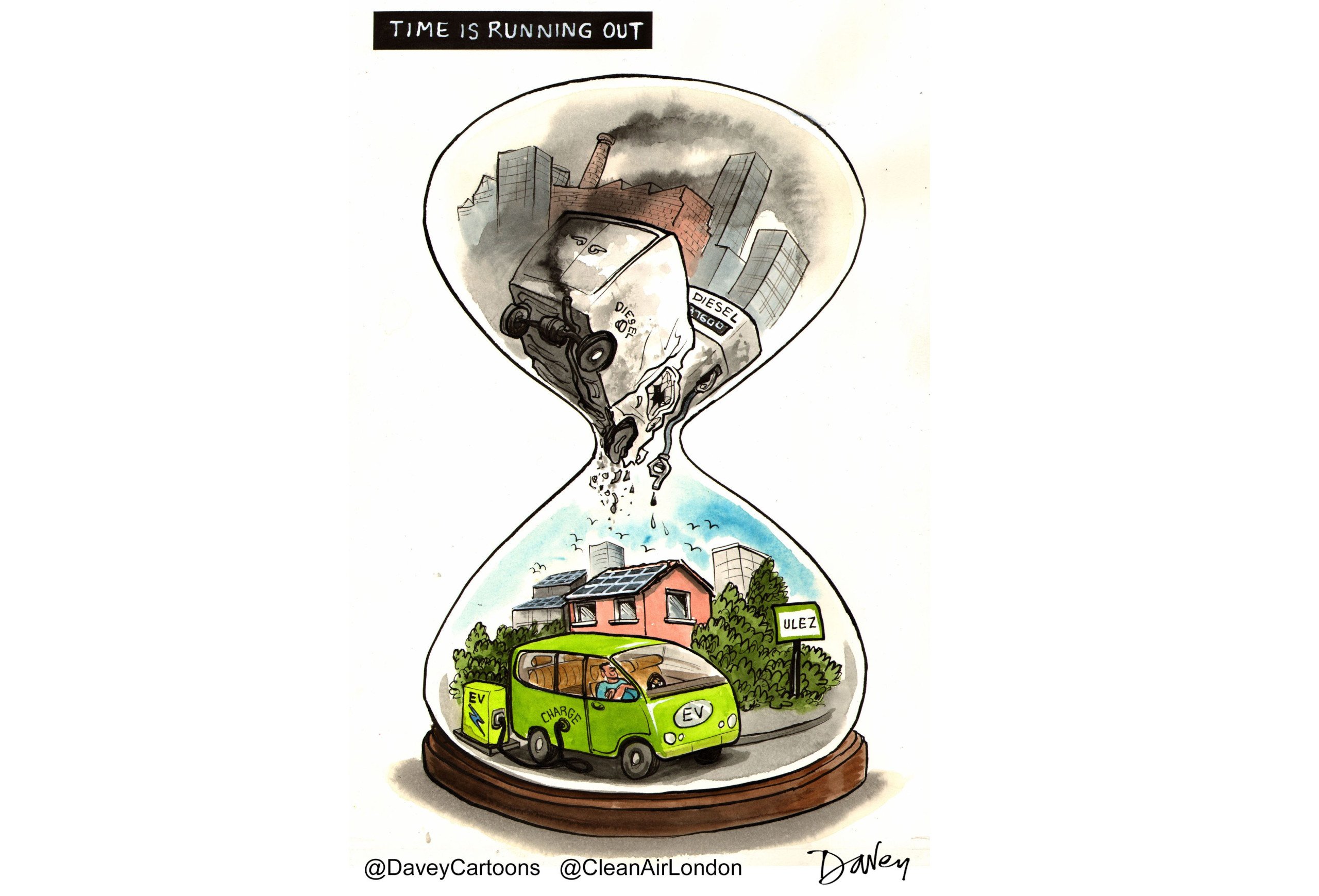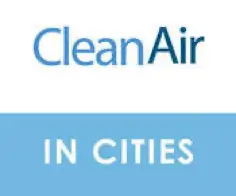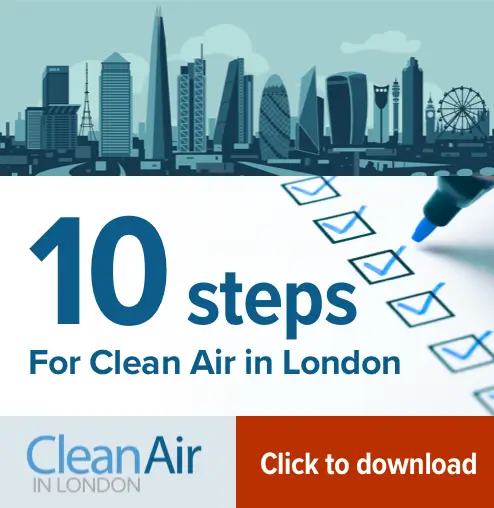Using pollution suppressants in front of the official air quality monitors most-used to warn the public of smog episodes and report legal breaches is public health fraud on an industrial scale
Clean Air in London (CAL) estimates, for example, that the use of pollution suppressants in Marylebone Road* and Upper Thames Street, along the planned Olympic Route Network, may already have avoided one or both breaching the PM10 daily limit value; and reduced the number of HIGH smog alerts at those sites by between five and eight days (i.e. 71% and 89%). Neasden Lane, apparently not included, reached the legal limit of 35 Bad Air Days on 3 April
First video of the Pollution Suppressor operating on the planned Olympic Route network in front of the main air quality monitor used by the Government to report legal breaches to the European Commission and others
Information obtained under the Environmental Information Regulations and other evidence confirms Mayor Johnson is targeting legal compliance not public health. Pollution suppressants are being applied along 10 routes with a total of 14 monitors: eight of these monitors reported breaches of the PM10 daily limit value in 2011; five others are on the Pollution Suppressor routes; and the remaining site is Mercury Way (an ‘industrial’ site). Of the other four sites reporting breaches of the PM10 daily limit value in 2011: one is shutting in 2012 (Brixton Road); one is deemed ‘unreliable’ because it is affected by emissions from a Tube ventilation shaft (Bondway Interchange); one may be sprayed later this year (Neasden Lane); and the remaining site is Brent Ikea
‘Clean Air in London’ urges all the Mayor candidates to join it in condemning the use of pollution suppressants in front of official air quality monitors
The Mayor of London, Boris Johnson, first detailed the use of so-called ‘dust suppressants’ (Calcium Magnesium Acetate or pollution suppressant) in his draft Air Quality Strategy (AQS) published on 28 March 2010. Its planned use was confirmed in the Mayor’s final AQS published in December 2010. The AQS made clear that the use of pollution suppressants was targeted on achieving compliance with the daily limit value for dangerous airborne particles (PM10) (as opposed to protecting public health).
The Mayor has been using pollution suppressants on London roads to reduce pollution in front of official air quality monitors since 18 November 2010 or earlier. A report on an initial trial, which targeted Marylebone Road and Upper Thames Street, was published by Transport for London (TfL) on 16 August 2011. The trial claimed that the use of pollution suppressants could reduce pollution levels by up to 14%. A new programme began in September 2011 and is ongoing. On 23 December 2011, TfL announced that the pollution suppressant programme would be extended to target a total of 14 monitoring sites. Under intense questioning in the London Assembly, the Mayor has previously confirmed their use in the nearside lanes by air quality monitoring stations.
CAL’s manifesto for the Mayoral and London Assembly elections urges all the Mayoral candidates to condemn the use of pollution suppressants in front of official air quality monitoring stations.
Quotes
Simon Birkett, Founder and Director of Clean Air in London (CAL), said:
“Using pollution suppressants in front of the air quality monitors most-used to warn the public of smog episodes and report legal breaches to the European Commission and others is public health fraud on an industrial scale. There are three trucks running around up to five nights a week.
“This is deadly serious. We are talking about dangerous particles, some of which are toxic or carcinogenic, not inert house dust. It is all part of a much bigger public health failing or ‘cover-up’ to refer to such particles as ‘dust’.
“Clean Air in London estimates, assuming the Mayor has achieved a 10% reduction in daily mean concentrations of PM10, that the use of pollution suppressants in Marylebone Road* and Upper Thames Street may already have avoided one or both breaching the PM10 daily limit value; and reduced the number of HIGH smog alerts at those sites by between five and eight days (i.e. 71% and 89%). Neasden Lane, apparently not included, reached the legal limit of 35 Bad Air Days on 3 April. We don’t know precise figures as the Mayor’s research indicates significant uncertainty around the effectiveness of pollution suppressants.
“If the Mayor wished to improve public health he would be making much greater efforts to reduce pollution at its source and limit the use of pollutant suppressants to local roads around schools and hospitals to benefit those most vulnerable to air pollution rather than ‘robot’ monitoring stations.
“CAL renews its call for the Mayoral candidates to condemn the use of pollution suppressants in front of official air quality monitors.”
Information obtained and analysis
CAL requested information under the Environmental Information Regulations about the what, where, when and how of the Mayor’s use of pollution suppressants. As a result, it obtained:
A report titled ‘Calcium Magnesium Acetate Corridor Application Guidance Note’ Version 9 Issued 13 February 2012 that included instructions for the use of pollution suppressants along 10 road routes near 14 air quality monitoring stations; and
- a day by day log of the times, routes and air quality monitoring stations in the area from 1 January 2012 to 6 February 2012.
CAL has also obtained a video of one of three Pollution Suppressor’s being used at night in Marylebone Road alongside the monitoring station most-used by the Government to warn the public of smog episodes and report legal breaches to the European Commission and others. This monitoring station is also at the heart of the planned Olympic Route Network. See:
CAL has also obtained photographs of the Pollution Suppressor.
CAL has analysed the information obtained and is publishing with this Campaign Update:
• the information it obtained under the Environmental Information Regulations; and
• a Google map showing the location of the air quality monitors along the routes http://g.co/maps/jgzhq
CAL requested further information in mid-March which it plans to publish later in April.
Conclusions
In CAL’s considered opinion the facts confirm:
1. Public health fraud
The Mayor is using pollution suppressants along 10 routes with a total of 14 monitors. Eight of these monitors reported breaches of the PM10 daily limit value in 2011. Of the remaining six, five are on the Pollution Suppressor routes and the remaining site is Mercury Way (an ‘industrial’ site mentioned in TfL’s announcement of 23 December 2011).
Of four other sites that recorded breaches of the PM10 daily limit value in 2011: one is shutting in 2012 (Brixton Road); one is deemed ‘unreliable’ because it is affected by emissions from a Tube ventilation shaft (Bondway Interchange); one may be sprayed later this year (Neasden Lane); and the remaining site is Brent Ikea.
The Mayor’s approach is likely to have had a significant impact on legal compliance while doing virtually nothing to protect public health.
2. Industrial scale
The Mayor’s pollution suppressant programme is of ‘industrial scale’. Three Pollution Suppressors are operating on 10 road routes, once or twice a day, up to five days a week (Sunday to Thursday inclusive) unless ‘winter service’ (e.g. gritting) is expected. Detailed instructions have been provided for each section of road to the two contractors e.g. only treat nearside lane; only treat two nearside lanes where roads expands to three lanes; treat twice; and/or if tunnel closed do not treat corridor.
3. Legal breaches
CAL estimates that between six and 11 Bad Air Days in 2012 may have been ‘suppressed’ at the five highest reporting monitoring stations* that are exposed to the use of pollutant suppressants (i.e. 18% to 38%). It is perhaps no coincidence that Neasden Lane in Brent, which does not seem to be exposed yet to pollution suppressants, is showing 35 Bad Air Days already this year i.e. the legal limit for a whole year.
4. Smog episodes
CAL estimates that between three and eight HIGH smog alerts in 2012 may have been ‘suppressed’ at the five highest reporting monitoring stations* that are exposed to the use of pollutant suppressants (i.e. 58% to 89%).
5. Virtually no impact of public health
The Mayor is targeting routes along which the highest monitored levels of pollution occur. The number of people present along these routes is very small and for limited periods e.g. those walking alongside Marylebone Road. The Mayor has allocated up to £905,000 to this programme which could have been used instead to retrofit pollution control devices to nearly 100 buses. Tackling pollution at its source is much more effective at protecting public health than trying to ‘trap’ it once it has reached the atmosphere.
6. Olympics
The planned use of pollution suppressants to mitigate the increase in pollution expected to be caused by the Olympic Route Network is deeply flawed. First, Marylebone Road and Upper Thames Street may have already breached the legal limit for Bad Air Days for the whole year before the events commence. Second, London looks set to be ridiculed for its approach to reducing pollution. Instead of reducing pollution at source, London plans to ‘suppress’ the problem.
* Excludes the FDMS monitor
Notes
1. Articles in the media
http://delicious.com/CleanAirLondon
2. London Air Quality Network
Bad Air Days at selected sites in the year to date 2012
3. Mayor’s Air Quality Strategy (MAQS) published in December 2010
The MAQS included a graph on page 76 and stated:
http://www.london.gov.uk/publication/mayors-air-quality-strategy
“Readings in the grey area are within the EU daily limit value, readings outside it are exceedences (some of which last for more than one day). The red band indicates the exceedences that need to be eliminated for the EU daily limit value to be met. This graph shows conditions in 2008 and 2009.
“Around 40 per cent of central London’s PM10 concentrations come from outside London, but this varies day-to-day. On some days the contribution from external sources alone is greater than the daily mean EU limit value. Clearly, in these circumstances London-based measures will not prevent exceedences of the limit values in Greater London. In this context, it is necessary that action is also taken by the Government.
“However, there are other days where a location only just exceeds the EU limit value (shown by the red band). In these circumstances a reduction in local emissions or concentrations (for example, by preventing re-suspension) will help achieve compliance.”
4. Department for Environment Food and Rural Affairs (Defra)
Defra endorsed explicitly the Mayor’s use of ‘dust suppressants’ on 8 March 2012 in its response to the belated consultation on the ‘Update on measures to reduce the risk of non-compliance with the daily limit value for Particulate Matter in London’. It said:
“We support the application of new and innovative approaches to improve local air quality. Interim findings from the first year of monitoring demonstrated that the application of dust suppressants achieved up to a 14% decrease in local PM10 concentrations.”
http://www.defra.gov.uk/consult/2011/10/12/particulate-matter-pm10/
5. Transport for London media releases
Report on air quality indicates no significant impacts expected during London 2012 Games on 5 March 2012
http://www.tfl.gov.uk/assets/downloads/corporate/tfl-orn-air-quality-report-march-2012.pdf
Mayor announces trial to cut harmful pollution at industrial and construction sites across London on 23 December 2011
http://www.tfl.gov.uk/corporate/media/newscentre/archive/22163.aspx
Transport for London unveils innovative measures to tackle pollution on 16 August 2011
http://www.tfl.gov.uk/corporate/media/newscentre/archive/20765.aspx
6. Transport for London reports
The emissions and air quality impacts of the 2012 Olympic Route Network and related traffic arrangements on 5 March 2012 (see Conclusions on page 29):
https://cleanair.london/wp-content/uploads/2012/03/CAL-166-TfL-ORN-air-quality-report- March-2012.pdf
Reducing dust
http://www.tfl.gov.uk/corporate/projectsandschemes/17246.aspx
7. Mayor’s Question Time answers
Search ‘suppressant’ at:
Selected answers
Darren Johnson AM (Green) on 22 February 2012 http://mqt.london.gov.uk/mqt/public/question.do?id=39912
Mike Tuffrey AM (Liberal Democrat) on 25 January 2012 http://mqt.london.gov.uk/mqt/public/question.do?id=39719
Murad Qureshi AM (Labour) on 14 December 2011 http://mqt.london.gov.uk/mqt/public/question.do?id=39276
Darren Johnson AM (Green) on 16 November 2011 http://mqt.london.gov.uk/mqt/public/question.do?id=38526
Murad Qureshi AM (Labour) on 9 November 2011 http://mqt.london.gov.uk/mqt/public/question.do?id=38228
Darren Johnson AM (Green) on 14 September 2011 http://mqt.london.gov.uk/mqt/public/question.do?id=37325
Mike Tuffrey AM (Liberal Democrat) on 14 September 2011 http://mqt.london.gov.uk/mqt/public/question.do?id=37414
Darren Johnson AM (Green) on 15 June 2011 http://mqt.london.gov.uk/mqt/public/question.do?id=36419
Murad Qureshi AM (Labour) on 18 May 2011 http://mqt.london.gov.uk/mqt/public/question.do?id=36236
Mike Tuffrey AM (Liberal Democrat) on 9 June 2010 http://mqt.london.gov.uk/mqt/public/question.do?id=31774
CAL 175 Clean Air Fund-end-of-programme-report_TfL January 2013

